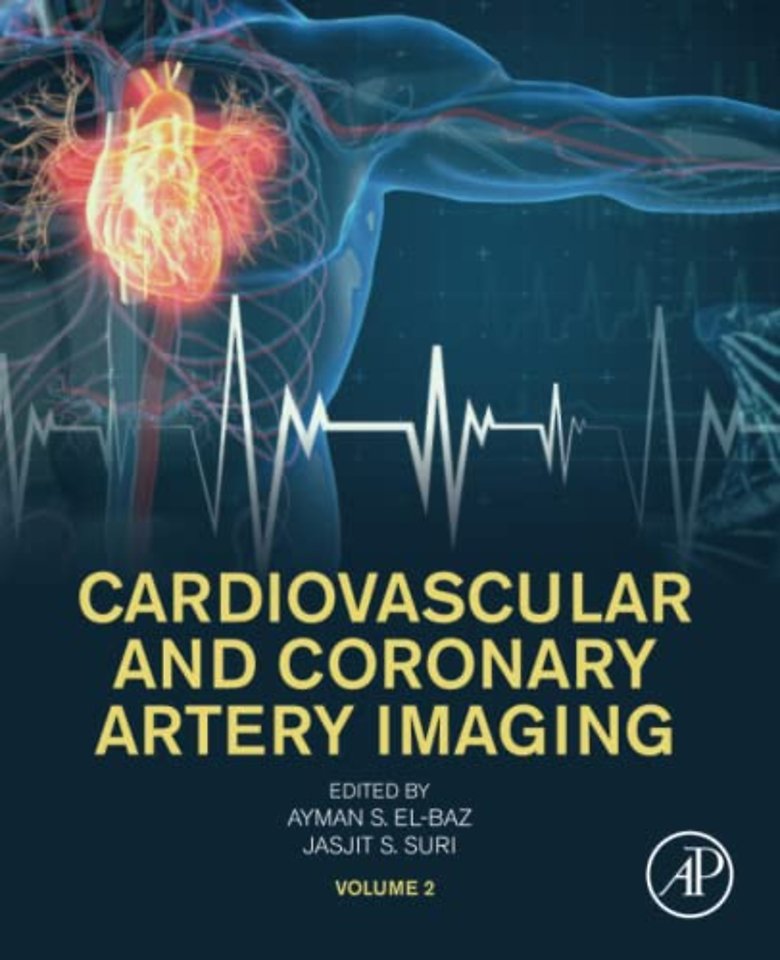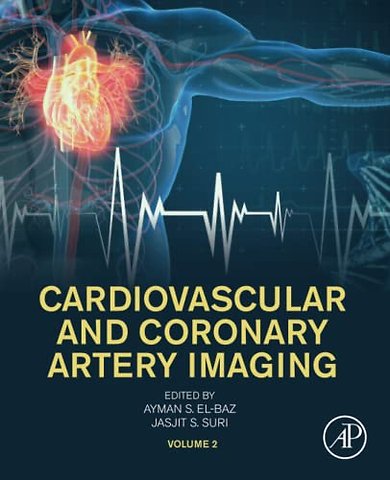<p>Part A: Cardiovascular Imaging <br>Section 1: Cardiovascular Perfusion Imaging<br>1. Relation of pulse pressure and arterial stiffness to concentric left ventricular hypertrophy in young men left ventricular perfusion and function by gated SPECT myocardial perfusion imaging<br>2. Metabolic Mechanisms in Heart Failure<br>3. Myocardial Scarring on Outcomes of Cardiac Resynchronization<br>4. Cardiac resynchronization therapy</p> <p>Section 2: Other Imaging Modalities<br>5. Arterial ultrasonography and tonometry as adjuncts to cardiovascular risk stratification<br>6. Comparison of arterial functional evaluations as a predictor of cardiovascular events<br>7. Predicting cardiac events using ventricular dyssynchrony<br>8. The blood pressure response to vasodilator stress</p> <p>Part B: Coronary Imaging<br>Section 1: Myocardial Perfusion Imaging<br>9. Cardiac Magnetic Resonance Assessment of Dyssynchrony<br>10. Importance of Nonobstructive Coronary Artery Disease in the Prognosis of Patients with Heart Failure<br>11. Survival and Heart Failure Hospitalization in Patients with Cardiac Resynchronization Therapy</p> <p>Section 2: Other Imaging Modalities<br>12. Comparative effectiveness of coronary CT angiography vs stress cardiac imaging<br>13. Myocardial ischemia in the absence of obstructive coronary lesion<br>14. Diagnosis of Coronary heart disease<br>15. Computed Tomography Angiography of Coronary heart disease<br>16. Outcomes of non-invasive diagnostic modalities for the detection of coronary artery disease</p>

